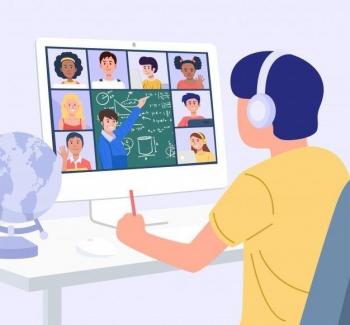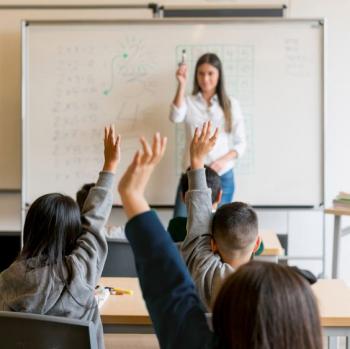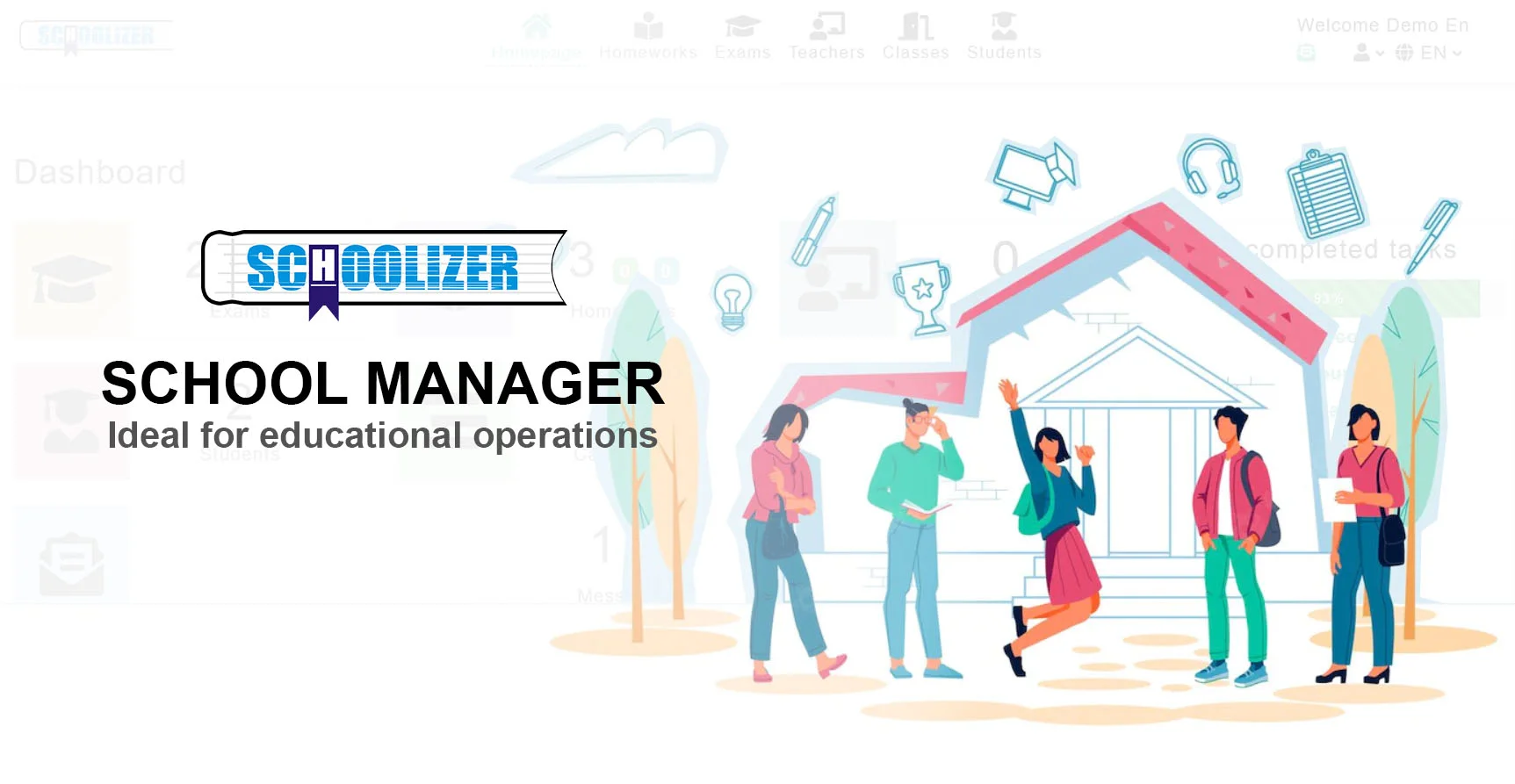The Evolution of Education Technology: From Chalkboards to AI

The Evolution of Education Technology: From Chalkboards to AI
What if you could step into a classroom from 100 years ago? How different would it look compared to today's tech-driven learning spaces? Why has education technology evolved so dramatically, and what does this mean for the future of learning? The history of education technology is a fascinating journey that reflects broader societal changes, pedagogical shifts, and technological breakthroughs. Let's explore how teaching tools have transformed over time and what innovations lie ahead.
1. The Early Foundations: From Oral Traditions to Written Word
Before the invention of writing, education relied entirely on oral traditions. Knowledge was passed down through storytelling, songs, and direct demonstration. The first major technological leap came with the development of written language around 3500 BCE in Mesopotamia. Clay tablets served as early "textbooks," allowing knowledge to be preserved beyond human memory.
The invention of paper in China (circa 105 CE) and later the printing press (1440 CE) revolutionized education by making books more accessible. Johannes Gutenberg's movable type printing enabled mass production of educational materials, democratizing knowledge in ways previously unimaginable.
Practical example: The Hornbook, a wooden paddle with parchment, was used in colonial America to teach children the alphabet and basic prayers—an early example of standardized educational technology.

2. The Industrial Revolution and Standardized Tools
The 19th century brought industrialization's influence to education. The chalkboard (invented in 1801) became ubiquitous, allowing teachers to present information to entire classes simultaneously. This period also saw the rise of textbooks, standardized curricula, and the pencil (mass-produced from the 1860s).
In 1877, Thomas Edison predicted that motion pictures would make books obsolete in schools. While his prediction proved premature, visual aids like film projectors (1920s) and overhead projectors (1940s) did become valuable classroom tools.
Practical example: The Lantern Slide Projector, used from the late 1800s, allowed teachers to display images to students—an early form of multimedia education.

3. The Electronic Age: Radio, TV, and Early Computers
The 20th century introduced electronic media to education. School radio broadcasts began in the 1920s, with entire lessons delivered over the airwaves—especially valuable for rural areas. Television followed in the 1950s, with programs like "Sunrise Semester" (1957) bringing college courses to living rooms.
The 1960s saw the first computer-assisted instruction systems like PLATO (Programmed Logic for Automatic Teaching Operations). These room-sized mainframes represented the dawn of digital learning, though they were accessible only to well-funded institutions.
Practical example: Sesame Street (1969) combined entertainment and education through television, demonstrating the power of media for early childhood learning.
4. The Digital Revolution: Personal Computers and the Internet
The 1980s brought personal computers into schools, with Apple donating thousands of Apple IIs to classrooms. Educational software like Oregon Trail (1971) and Reader Rabbit (1983) made learning interactive and engaging.
The 1990s internet explosion connected classrooms globally. Email, online research, and eventually learning management systems (LMS) transformed how students accessed information and completed assignments. The 2000s saw the rise of laptops, SMART Boards, and one-to-one device programs.
Practical example: MIT's OpenCourseWare (2002) made university-level course materials freely available online, pioneering the open educational resources movement.

5. The Mobile and AI Era: Personalized Learning
Smartphones and tablets (2010s) enabled learning anywhere, anytime. Apps like Duolingo demonstrated how gamification could enhance education. Cloud computing allowed collaborative projects across continents in real-time.
Today, artificial intelligence offers personalized learning paths, automated grading, and intelligent tutoring systems. Virtual and augmented reality create immersive learning experiences, while blockchain technology verifies credentials.
Practical example: Khan Academy uses AI to adapt lessons to each student's pace and understanding, providing targeted practice where needed most.

6. The Future: What's Next for EdTech?
Emerging technologies promise even more transformation. Brain-computer interfaces could enable direct knowledge transfer, while quantum computing may solve complex educational problems. The metaverse might create persistent virtual classrooms where students worldwide learn together in 3D environments.
However, challenges remain regarding digital equity, data privacy, and ensuring technology enhances rather than replaces human connection in education. The most effective future classrooms will likely blend cutting-edge tools with timeless pedagogical principles.
Practical example: Labster's virtual labs allow students to conduct realistic science experiments without physical equipment, hinting at future possibilities for STEM education.






